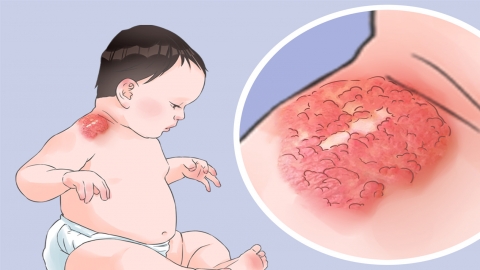Is the recurrence rate of hemangioma high?
Generally, the overall recurrence rate of hemangiomas is low. Superficial, small-sized hemangiomas that have been thoroughly treated have an even lower chance of recurrence, while deeper, larger, or incompletely treated hemangiomas carry a relatively higher risk of recurrence. If concerned, it is recommended to consult a healthcare provider early. Detailed analysis is as follows:

Situations with low recurrence risk typically involve superficial and small hemangiomas. These lesions are localized and have a simple vascular structure, which can be completely removed through standardized treatment, resulting in rare recurrence afterward. In particular, some superficial hemangiomas in infants may regress spontaneously, and after regression, the probability of recurrence is extremely low, requiring only regular observation.
Cases with higher recurrence risk usually involve deep-seated or large hemangiomas. These lesions extend deeply into tissues and have complex vascular networks, making it difficult to completely eliminate all abnormal vessels during treatment. Residual microscopic blood vessels may regrow and form new hemangiomas. Additionally, inadequate or suboptimal treatment, insufficient treatment intensity, or inherently aggressive types of hemangiomas can further increase the likelihood of recurrence.
After receiving treatment for hemangioma, patients should follow medical advice and undergo regular follow-up examinations to monitor changes in local tissues. It is important to avoid excessive friction or irritation to the treated area in daily life. If any abnormalities such as new swelling or color changes appear locally, prompt medical evaluation should be sought to rule out recurrence, allowing for timely intervention if necessary.







